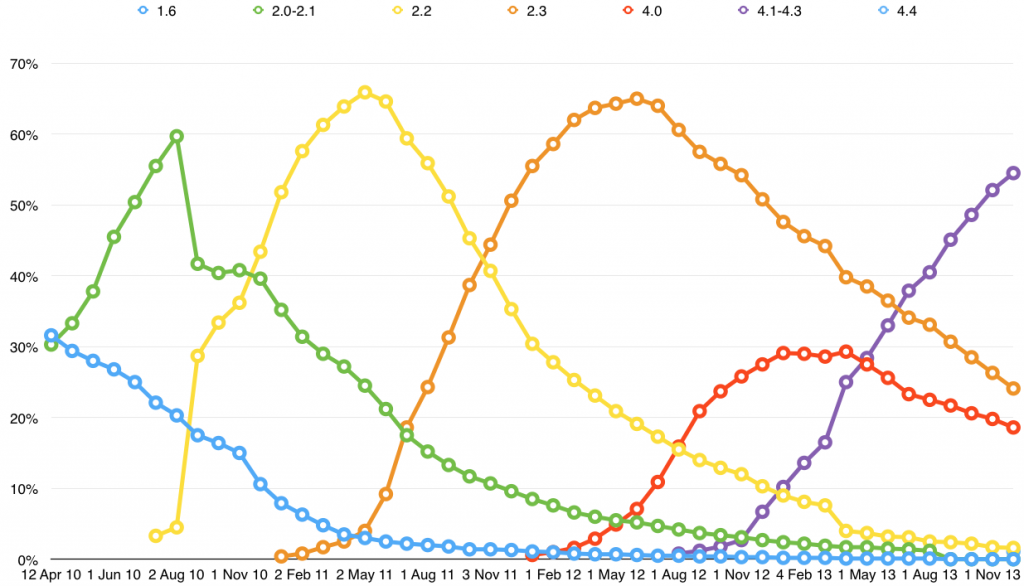Horace Dediu at Asymco has been pondering recently the purpose behind Google – its motivating force. This is something I’ve been thinking about too in my research, and I thought I’d put a few thoughts down by way of a response, or a contribution to his thought process.
I think Google’s purpose is very closely aligned to the founders’ personal objectives to a degree that is relatively rare in public companies. More often than not, founders get pushed aside as the need for “adult supervision” outweighs the desire to indulge them, especially in the run-up to an IPO. But even when they stay, it’s often because they’ve mastered traditional business management techniques (often with lots of help) and therefore somewhat lost sight of their own purposes or at least subjugated them to the needs of a public company to satisfy shareholders. Steve Jobs arguably tried this for a long time and eventually found himself forced out, only returning to Apple when he had learned how to reconcile the two.
But at Google today, it’s really Larry and Sergey calling the shots, with Larry once again at the helm after that period of adult supervision under Schmidt. But even under Schmidt, Larry and Sergey called the shots to a great extent. I’ll draw on several excerpts from Steven Levy’s In the Plex book here, starting with one about the dynamic between Schmidt and the founders:
His anecdotes about disagreements with Sergey and Larry followed a consistent storyline: Schmidt expresses a tradition-bound preconception. The young men who, technically at least, report to him, reject the idea and demand that Google pursue an audacious, seemingly absurd alternative. The punch line? “And of course they were right,” Schmidt would say. (p.81, Kindle Edition) Continue reading
